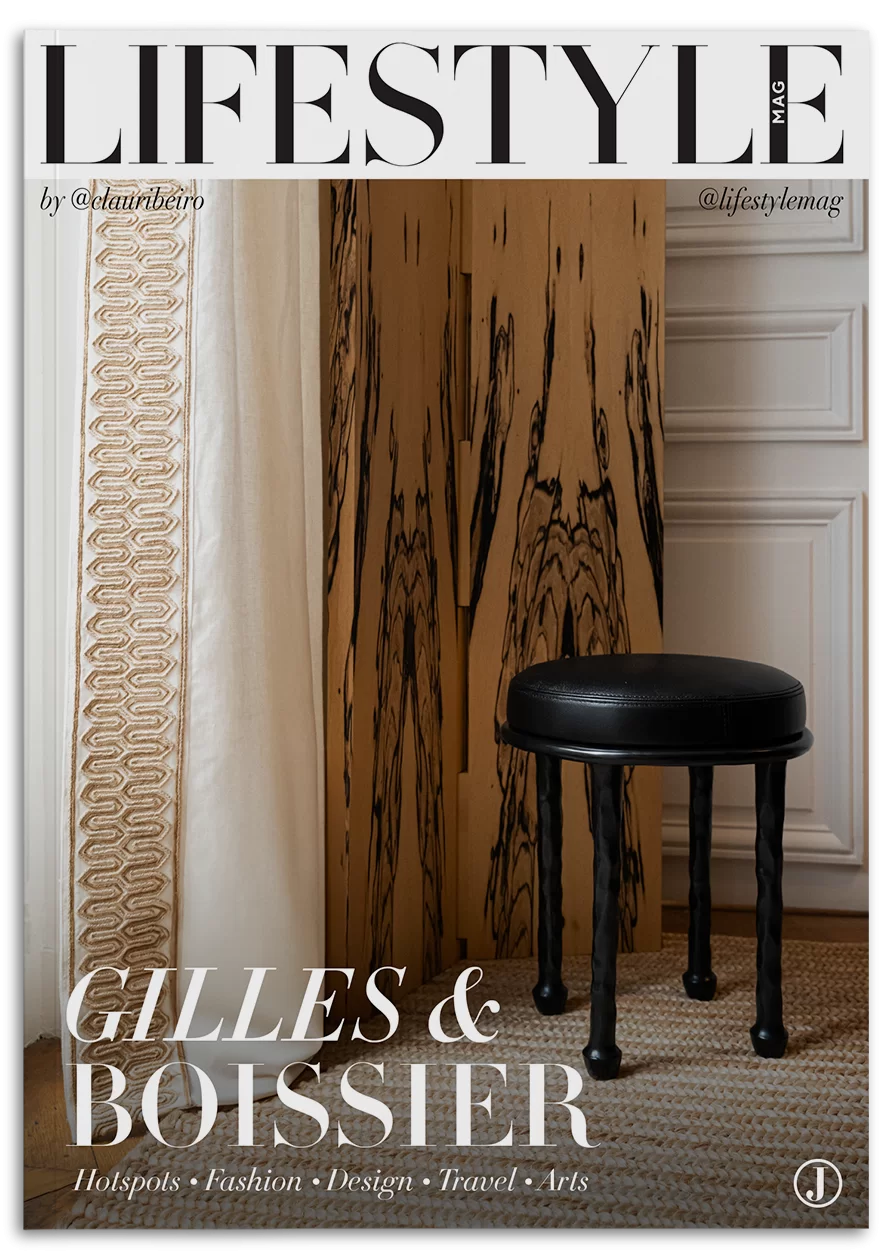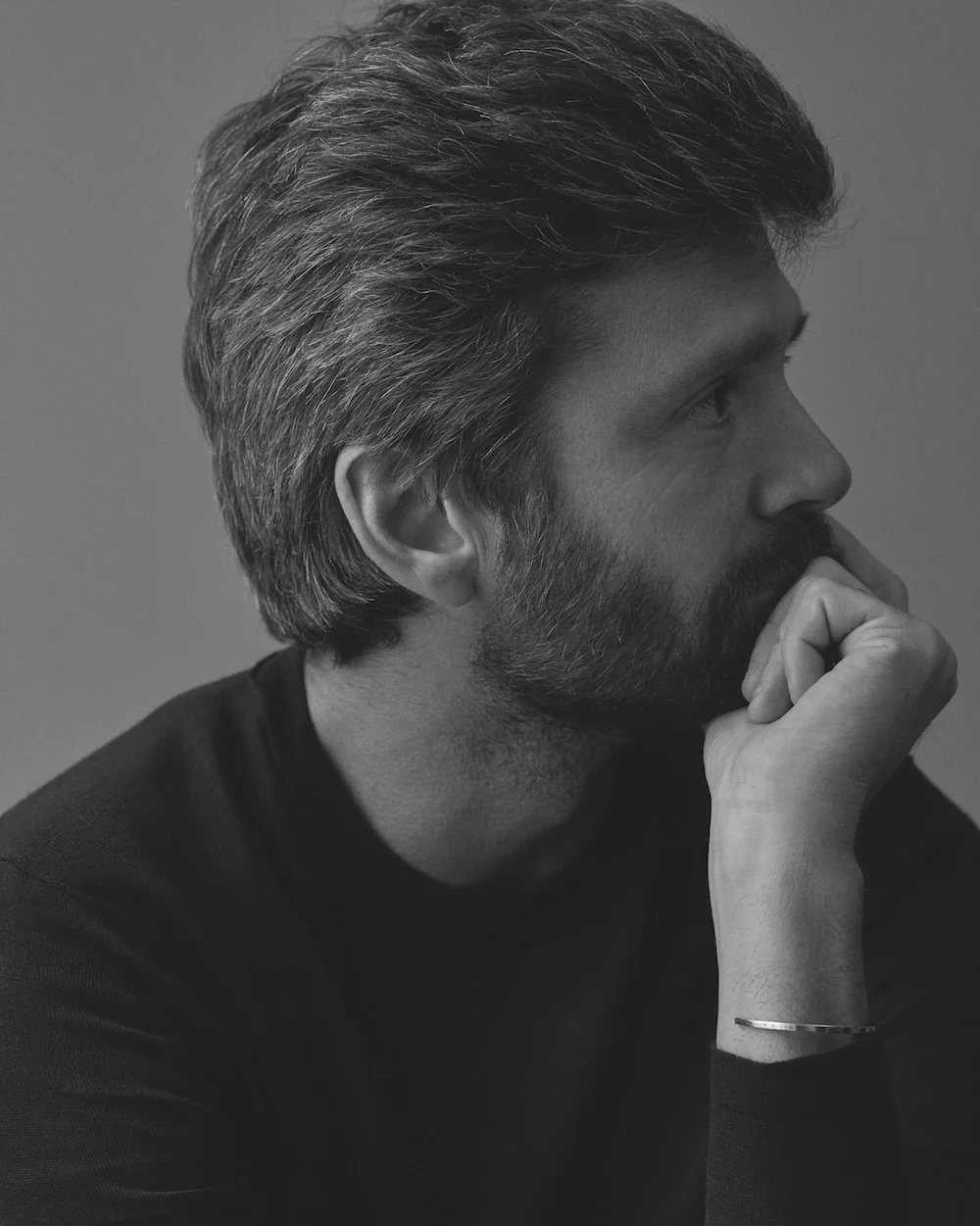
Joseph Dirand and the refined silence of restraint
When minimalism meets emotion, a new aesthetic of desire is born
Between the purity of materials and the silence of forms, Joseph Dirand built one of the most sophisticated vocabularies in contemporary design. His style, sometimes called chic minimalism, is a synthesis of restraint and theatricality, where every line has intention, every shadow has weight, and space is treated like sculpture. Unlike many names in high-end interior design, Dirand does not seduce by excess — but through essential elegance. He works with what is eternal: marble, wood, brass, light. Everything is calculated to the millimeter to evoke sensations, not just aesthetics. A project signed by Dirand is more than a space: it is a physical and emotional experience.

Born in Paris in 1974, Joseph is the son of photographer and architect Jacques Dirand, known for capturing the essence of architecture with a technical and sensitive eye. It was among design magazines and construction site visits that the young Dirand developed a vision that now enchants the world. His training at the École d’Architecture de Paris-Belleville refined his mastery of proportions, but it was intuition that guided his visual signature: a rare balance between modernity and classicism, where visual silence speaks louder than any ornament.
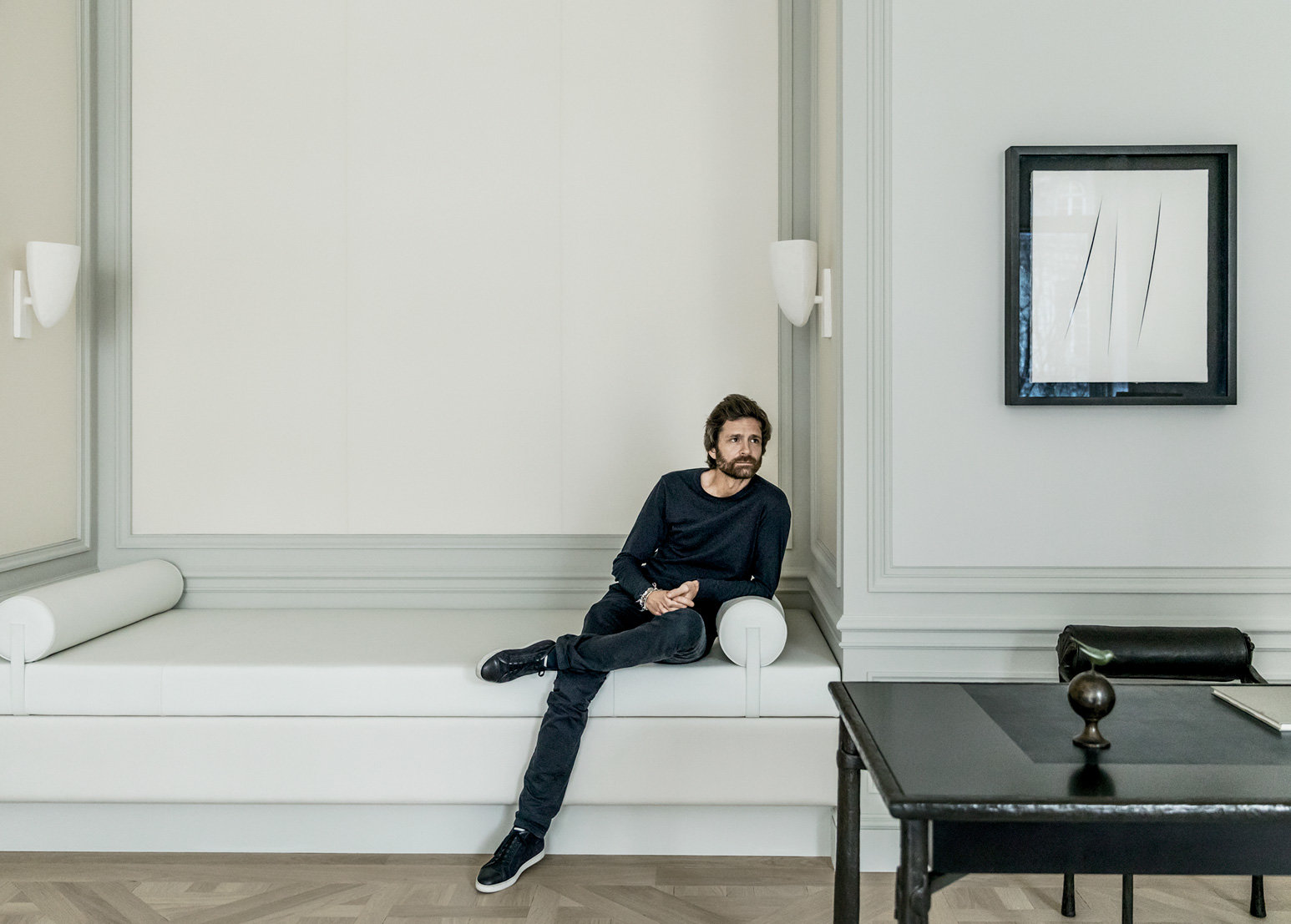
The Girafe, a restaurant with a view of the Eiffel Tower, is one of the ultimate symbols of his aesthetic. Located in the Palais de Chaillot, the project is an ode to Art Deco revamped with elegant curves, golden surfaces, and a palette reminiscent of the soft light of Parisian mornings. Here, as in all his projects, design amplifies the experience — every detail was conceived to evoke tactile and visual pleasure. Few spaces manage to capture with such fidelity the soul of contemporary Paris.
In the residential realm, Dirand transforms homes into silent settings of contemplation. One of his most iconic apartments, in Paris, is a true aesthetic manifesto: gray marble surfaces sculpted with precision, custom-made furniture that seems to float in space, and natural light that behaves like a raw material. These interiors — often compared to habitable museums — prove that design can be sensitive without being sentimental, and artistic without losing functionality.
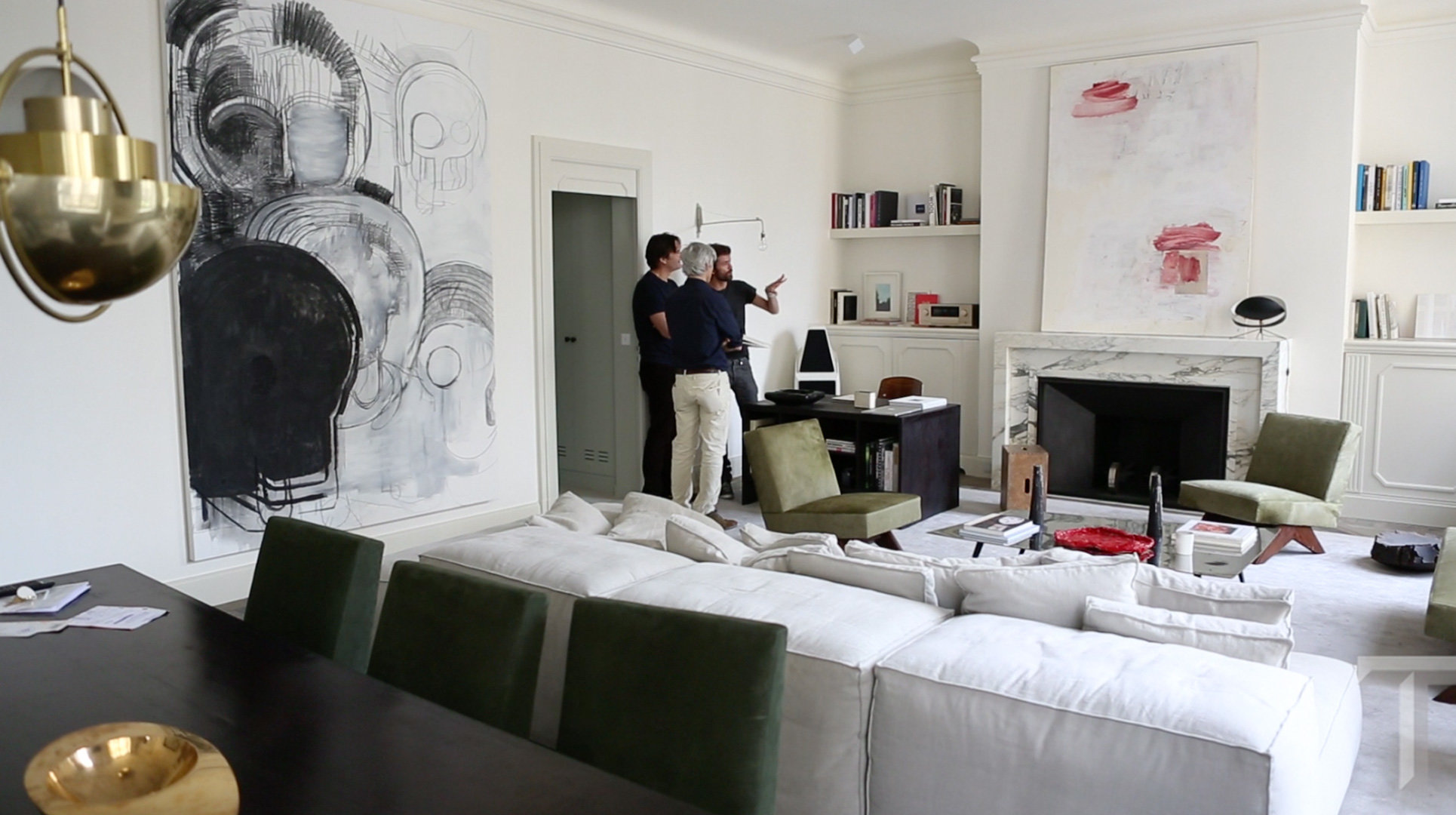
Perhaps one of the most fascinating traits of his work is the ability to sculpt atmospheres with few elements. For him, the drama lies in the details: a cutout in the wall, a shadow cast by a curve, the interplay between two natural materials. It is a silent luxury that doesn’t need to assert itself — it only needs to be felt. In boutiques like Balmain, Givenchy and Chloé, Dirand redefines the concept of the shopping experience. These are spaces that invite ritual, where fashion is presented as artwork in environments that inspire reverence. Instead of conventional showcases, he creates temples for desire.
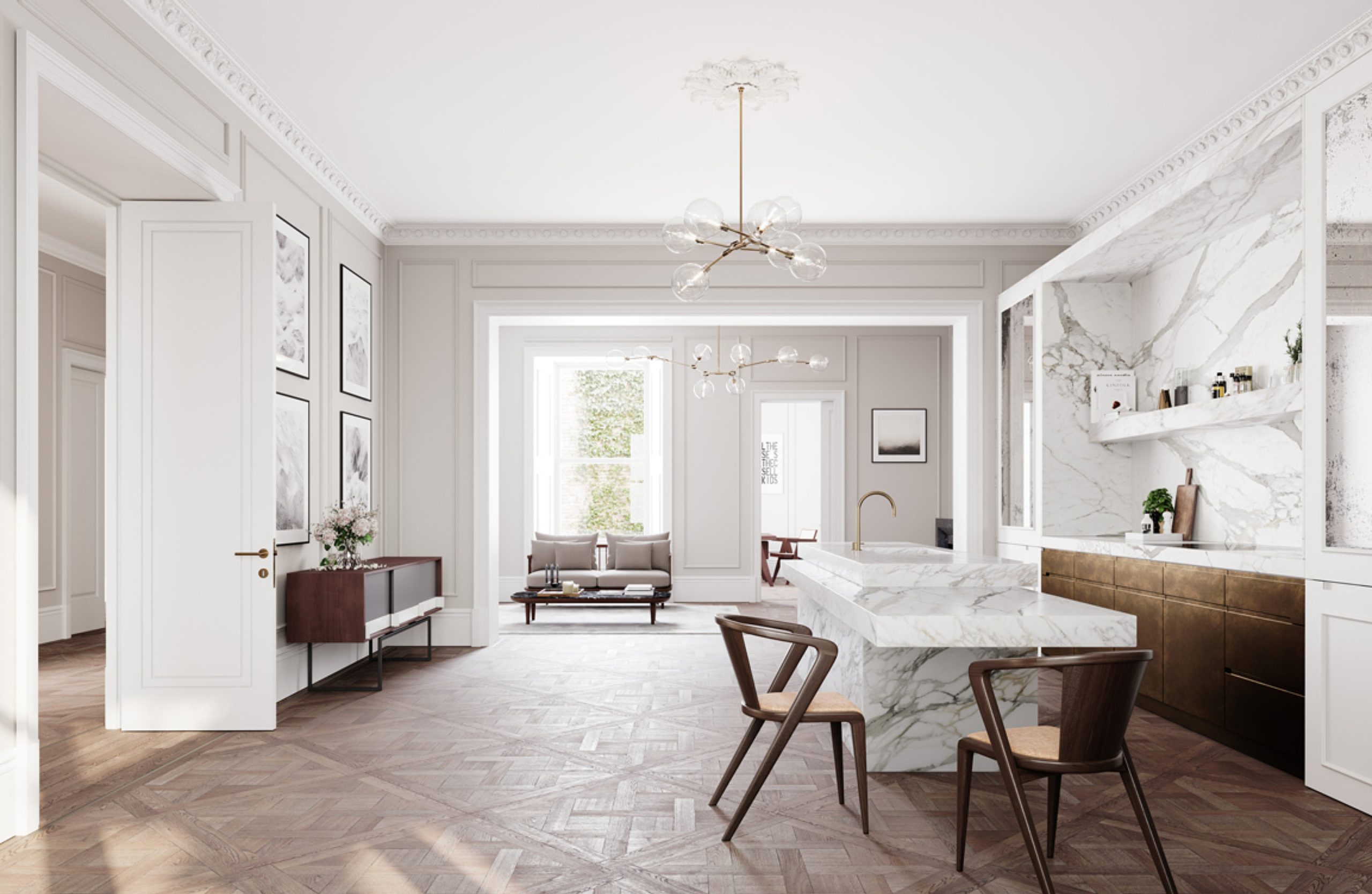
Even in his most commercial creations, Joseph does not give up functionality. For him, true refinement lies in experience. A beautiful space must also be fluid, intuitive, and comfortable. This philosophy reveals itself in residential and corporate projects, where aesthetics and ergonomics coexist naturally.
More than an architect, Joseph Dirand is a creator of atmospheres. His work does not shout — it whispers with elegance. And in that whisper there is an irresistible beauty that invites belonging. In times of noise and excess, he proves that the future of design lies in lightness: in spaces that welcome, inspire, and remain in memory like a lasting sensory impression.
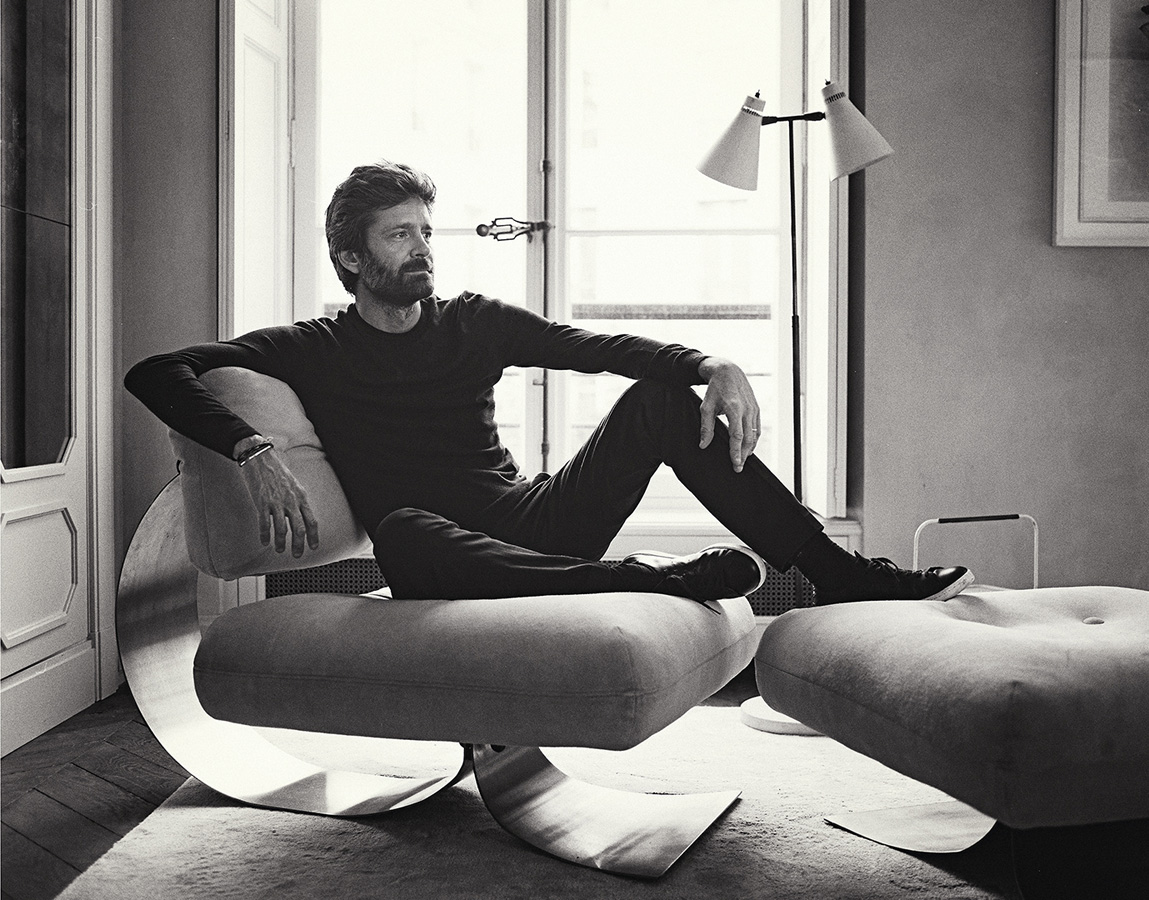
Among the curiosities surrounding his career, it’s worth noting that Dirand began designing interiors very young, helping his father compose photographic editorials. Another interesting fact: he collects vintage chairs and has stated that he draws inspiration from both art and fashion to create his atmospheres. In his personal apartment, almost all the pieces were designed by him — including the cutlery. Additionally, he signs projects for iconic hotels such as the Habitas AlUla in Saudi Arabia and the hotel Surf Club Four Seasons in Miami, true destinations for lovers of contemporary design. And, finally, his use of natural light as a structural element places him among the few architects who design with the sun’s movement in mind, making each project a choreography of light and shadow.
Be it in a Paris apartment or an international flagship, Joseph Dirand’s design transcends trends: it is an invitation to contemplation, an ode to poetic precision — and, above all, a manifesto that the essential is always the most beautiful.

